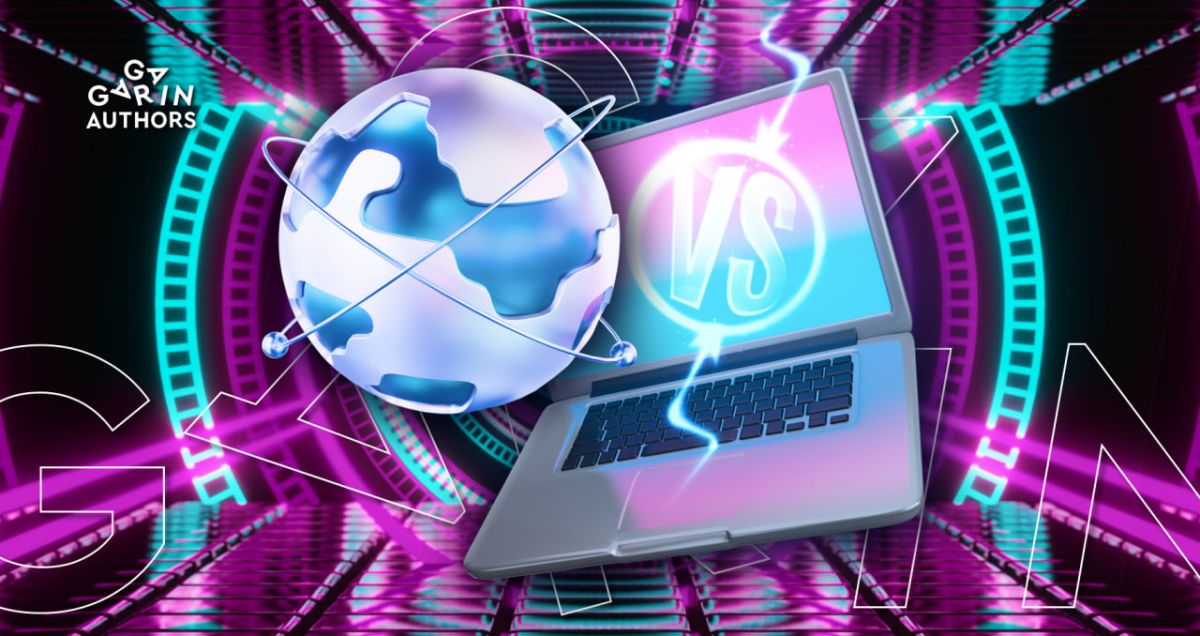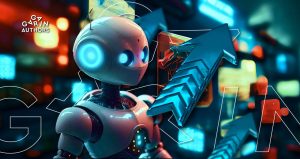Web3 vs. Web3.0: What’s the Difference?

The Internet has come a long way since its inception, evolving from static web pages to a highly interactive and functional platform that’s used by billions of people worldwide. Let’s take a look at the key stages in the evolution of the Internet.
On this page
Web3 vs. Web3.0: what's the difference?
There have been a lot of heated discussions lately about the third generation of the Internet and the future of internet technology. However, many people are unaware that there are actually two terms involved: Web3 and Web3.0. Web3 refers to an Internet version based on blockchain and decentralization, while Web3.0 is based on Tim Berners-Lee's concept of a semantic web.
To truly understand the fundamental differences between the two, it's necessary to start with a study of the evolution of the Internet and its core technologies
First Generation Internet
At the outset, the Internet was primarily a platform for consuming information. During the Web1.0 era, websites consisted of static pages built with basic HTML code, which allowed for very limited interactivity. In other words, this version of the Internet was more or less “read-only.” Users were unable to create or contribute their own content to websites without significant programming skills and knowledge of server operations.
Web pages of this era were often plain and uninteresting, and emails were limited to text with no options for attaching images or other media.
Interestingly, the website for the 1996 movie “Space Jam,” which was created during the Web1.0 era, is still active and accessible today. You can take a look at it by following this link.
Second Generation Internet
The second generation of the Internet, also known as Web 2.0, is what we use today. Its main difference is the ability to exchange information rather than just consume it. Social networks and blogs have emerged where users can register, create their own content, and communicate with each other.
Web 2.0 can be thought of as the Internet where you can read and write. However, the problem is that users don't really own the content they create since it resides on the platform's servers, which are owned by centralized companies.
Web 1.0 was good in terms of decentralization, but it was not very user-friendly. On the other hand, Web 2.0 has become almost entirely managed by user-generated content, but at the same time, it is highly centralized.
Platforms such as Instagram, Twitter, and YouTube have turned everyone into a potential content publisher. What used to require special knowledge can now be done with just a few clicks. Large technology companies have established a near-monopoly on the market. They have obtained personal information from millions of users worldwide that they can use for various purposes.
Third Generation Internet
The new, third generation of the Internet is revolutionary and differs significantly from previous versions. It can be characterized as an environment where users can read, write, and own.
Web3.0
The term Web3.0 is often associated with the Semantic Web, which was invented by Tim Berners-Lee in 1998. The concept behind this is the ability for machines and systems to automatically interact with each other and with people, bridging the gap between the real and virtual worlds. With the help of Artificial Intelligence, the other important component of Web3.0, machines will be able to process information at a level comparable to human capabilities.
All of this opens up a huge range of possibilities for machine learning, augmented and virtual reality development, and implementation. In this way, the Internet will become many times more deeply integrated into the everyday lives of each individual, allowing machines to replace humans not only in many tasks related to searching and analyzing information but also in the Internet of Things (IoT).
Web3
Web3 is an open, decentralized network based on blockchain technology. The term was coined by Gavin Wood, co-founder of Ethereum, in 2014. The main idea is to give users back control over their data, finances, and other assets, reducing their dependence on giant centralized companies and governments.
For example, using wallets like MetaMask and Trust Wallet, users store the keys to all their data themselves. And when they interact with other blockchain applications, they can control who exactly has access to them. These crypto wallets can be used to authorize access to other applications, just like a Facebook account. But the key difference is that all data belongs to the user, and they decide how to manage it.
Decentralization will allow data to be distributed evenly across all network nodes, without the need for a single, centralized server. Any movement of data is recorded on an open blockchain, increasing transparency and security.
Tokenization enables users to fully own any asset, which can then be monetized.
Web3.0 and Web3
While Web3.0 and Web3 describe different concepts, despite their similar names, they complement each other and share a common goal. In the future, it's likely that both terms will be merged.
The semantic web is based on the efficiency and intelligence gained by linking data, whereas Web3 focuses more on data security and control. The way user data is stored also differs between the two. The semantic web uses Solid Pods, which belong to individual users, and a unique WebID, which acts as an identity within the ecosystem. This approach is more centralized but makes it easy and fast to modify one's data.
Web3, on the other hand, uses blockchain technology, so users can easily store their data in a cryptocurrency wallet, which is accessed through keys. However, changing or deleting data on the blockchain is either impossible or very difficult.
Both web3 and web 3.0 aim to create a better version of the internet, but they use different approaches. Important elements of both concepts, such as machine readability from web 3.0 and blockchain or metaverses from web3, will eventually be combined. Since everything is still in the early stages, there is no clear definition of how this internet will work in our daily lives. However, many innovations are already being implemented and tested, so the transition process will be very smooth and it will only be noticeable after the fact
The content on The Coinomist is for informational purposes only and should not be interpreted as financial advice. While we strive to provide accurate and up-to-date information, we do not guarantee the accuracy, completeness, or reliability of any content. Neither we accept liability for any errors or omissions in the information provided or for any financial losses incurred as a result of relying on this information. Actions based on this content are at your own risk. Always do your own research and consult a professional. See our Terms, Privacy Policy, and Disclaimers for more details.



























